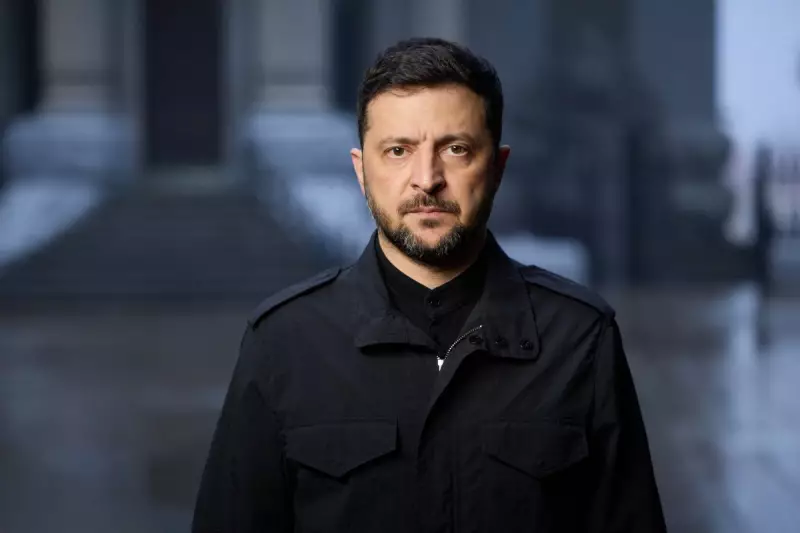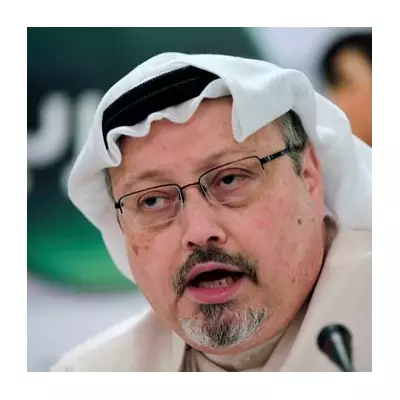
A controversial American proposal to end the war in Ukraine has placed President Volodymyr Zelenskyy's government in an intensely difficult diplomatic position, caught between the demands of its most vital ally and the threat of its aggressive neighbour.
The 28-point peace plan was developed by U.S. President Donald Trump's administration and the Kremlin, notably without any participation from Ukrainian officials. The proposal, which surfaced on Friday 21 November 2025, makes significant concessions to Russia, including demands that Kyiv has repeatedly and categorically rejected.
Russian President Vladimir Putin expressed approval for the plan late Friday, stating it “could form the basis of a final peace settlement” if the United States can secure agreement from Ukraine and its European partners.
In response, President Zelenskyy struck a measured tone in his nightly address on Thursday, emphasising that Ukraine requires a peace which guarantees its future security against further Russian invasion. He committed to working with both the European Union and the Americans to find a path forward.
Contentious Territorial Concessions
The proposed plan asserts it will confirm Ukrainian sovereignty, yet simultaneously dictates that Crimea and the Luhansk and Donetsk regions will be recognised as de facto Russian territory, including by the United States. For the partially occupied Kherson and Zaporizhzhia regions, the plan proposes freezing the borders along the current front line.
As Russia does not fully control Luhansk and Donetsk, the plan would effectively force a Ukrainian withdrawal from areas not currently held by Russian forces. This zone would become a neutral, demilitarised buffer area, yet it would be internationally recognised as belonging to Russia.
Oleksandr Merezhko, head of Ukraine’s parliamentary foreign affairs committee, highlighted the plan's fundamental contradiction, noting it begins by guaranteeing sovereignty then proceeds to violate it. He suggested the proposal might be an initial, shock-value tactic in a broader negotiation strategy.
Security Guarantees and NATO Membership
A central pillar of the American plan requires Ukraine to enshrine in its constitution a commitment not to join NATO. It further demands that NATO itself adopt a provision permanently barring Ukrainian membership. The size of the Ukrainian army would be capped at 600,000 soldiers, and the stationing of any NATO forces in Ukraine would be prohibited.
Regarding the European Union, the proposal offers Kyiv short-term preferential market access while it works on reforms, including anti-corruption measures, necessary for membership. While the plan alludes to security guarantees from Western allies, it provides no concrete details on how a future Russian invasion would be deterred.
This directly contradicts Zelenskyy's long-standing position that NATO membership is the most effective guarantee of national security. Since President Trump took office, the prospect of NATO membership for Ukraine has been effectively removed from the table.
Accountability and Frozen Assets
In one of the most politically sensitive clauses, the plan asks Ukraine to relinquish any legal claims to hold Russia accountable for its actions during the war. This would deny thousands of Ukrainian civilians and soldiers any pathway to reparations or legal vindication for documented crimes, including torture classified by U.N. experts as a crime against humanity.
Conversely, the proposal calls for Moscow to agree that $100 billion of its frozen assets would be invested in rebuilding Ukraine. The Kremlin has previously bristled at this idea, with spokesman Dmitry Peskov warning that those involved in such asset seizure would be prosecuted.
Ukrainian political analyst Volodymyr Fesenko described signing the plan as “catastrophic” for Zelenskyy, but acknowledged the immense pressure Kyiv would face from the White House. He noted that certain elements, like declaring neutrality or granting official status to the Russian language, would require constitutional changes impossible for the president to enact alone, potentially necessitating a national referendum.





